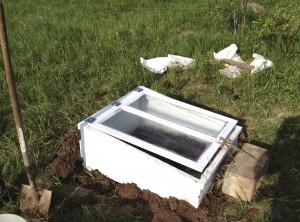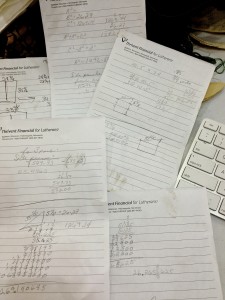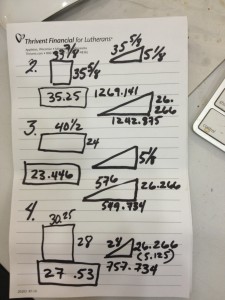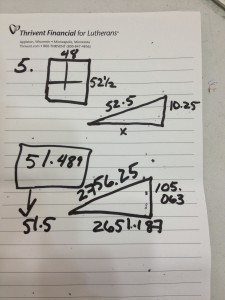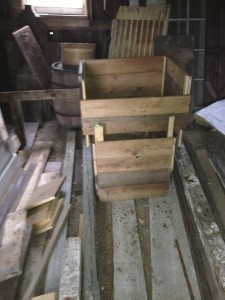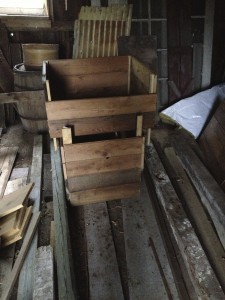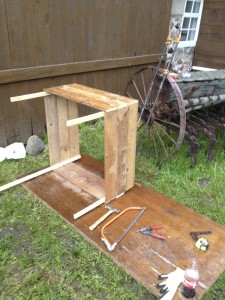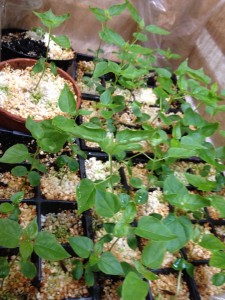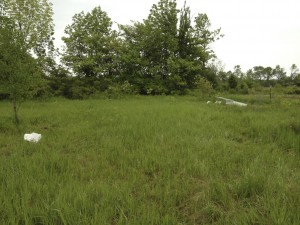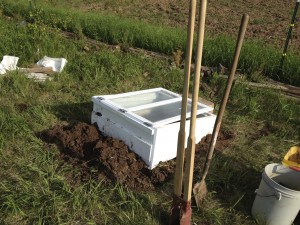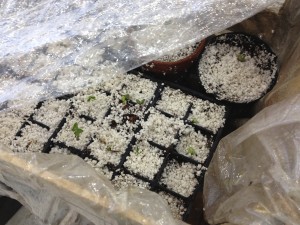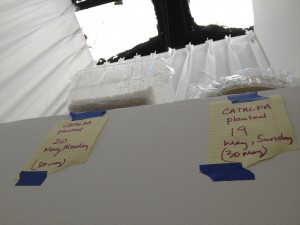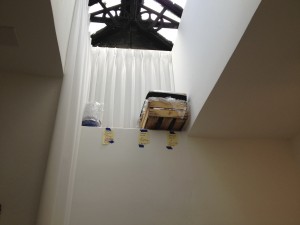Winters in Wisconsin are brutal, yes. But what wears on you more than the long and cold Winter is the expectation and promise of Spring.
You wait, and then you wait some more. Then, one day it is 60 degrees out and you start working and preparing to plant. Once you have everything ready, it snaps cold and you are huddled once again in front of your fireplace with a bottle of Port and your tears thinking about those tomato seeds you just bought. Maybe your misspent youth too, but probably the tomato seeds. At least you can do something about those.
The easiest answer to all of this* is, of course, a cold frame.
We started off this project, like so many others around the place, at Habitat for Humanity’s Restore shop in Plymouth. We found some really nice heavy old pine tongue and groove boards, caulk, nails, and paint. In the granary there were four old windows from places unknown that were still in great shape.
Essentially, whet you are doing is building a tightly fit box. If you are worried about a dry climate, you would cut a few ventilation holes, but since we are more concerned with keeping them moist, we sealed them tight. Once the plants get started the tops can be opened up to harden them off. In our case, we built three that keep excess water out and one that channels water into it.
Make sure you revisit your high school geometry classes before you get started with something like this. If you don’t get the angles right and keep everything nice, square, and true… you, my friend, are in trouble. Either the window you are using will be too big or too small. It sits at an angle, so you have to revisit Pythagoras and Euclid to get this right. Not for long… Just sit down in the shade and have a beer with them. You will be glad you did.
Basically, the frame needs to be slightly shorter so that you have a nice slant in order for the rain not to pool on the windows.

Let the posts extend from the body and cut them off later so that you can compensate for any irregularities in the wood. It also gives you more pieces of useable scrap if you work and figure out little minor things like this as you go.

Try to build them on as level of a surface as possible. Our asphalt driveway worked well. Building them on a crooked or uneven surface may make you very sad.
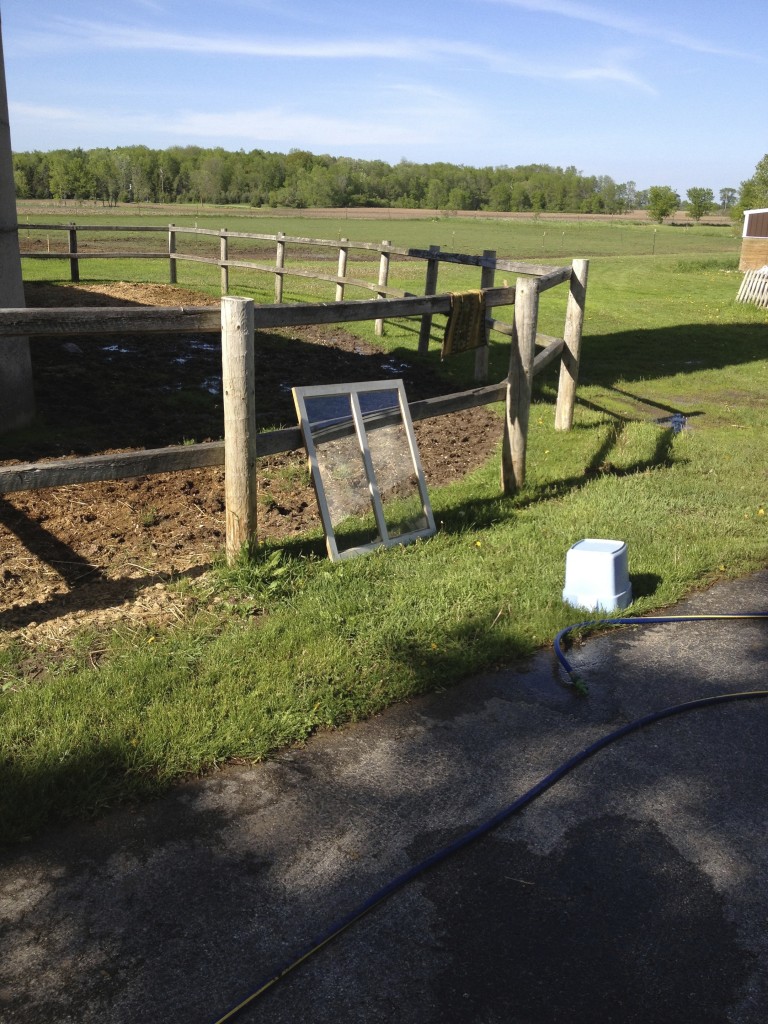
Make sure your windows are clean and the glazing is intact. If you need to fix the glazing, do it before the window goes on and starts getting abused by Mother Nature.
As it turns out, we’ve been using them for early germination of most of our seeds.
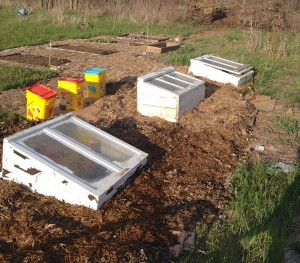
Notice the paint peeling off the frame on the far left. If you use silicone caulk, nothing will ever, ever stick to it.
But wait! There’s more!
If you live in the city and don’t have room for a proper cold frame, you can make one using heavy plastic and a wooden crate. We start seeds at the workroom when we can’t get to the farm so that things stay smooth with the planting and harvesting:

If you use a piece of wide elastic around the lined crate you will get a nice seal for germinating or rooting.
And that’s about it! We have four large cold frames at Getaway now out on the South-East corner and a couple of crate cold frames in the Chicago workrooms!
*Well, the easiest answer to all of this is to get more Port from the Piggly-Wiggly in town and snuggle down with the dogs until the second week of June. So maybe this is the second easiest. Building the coldframe is definitely nicer to your liver.
